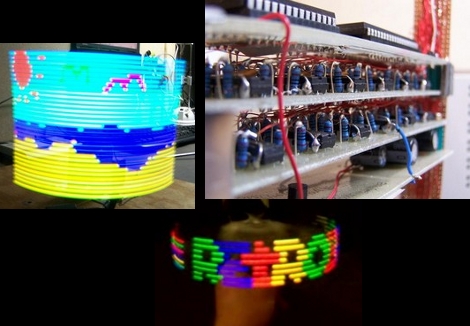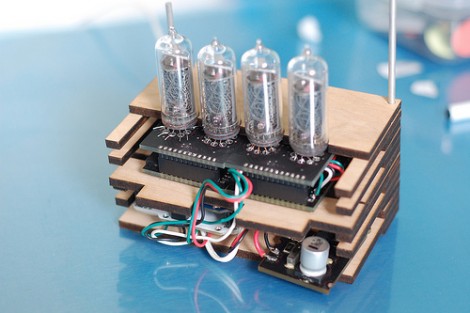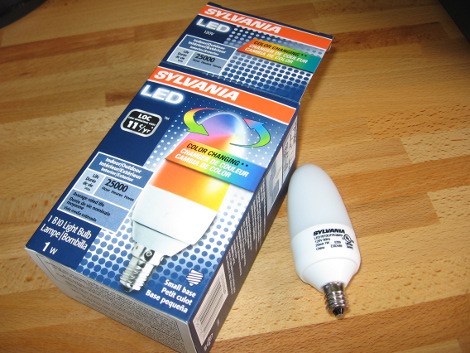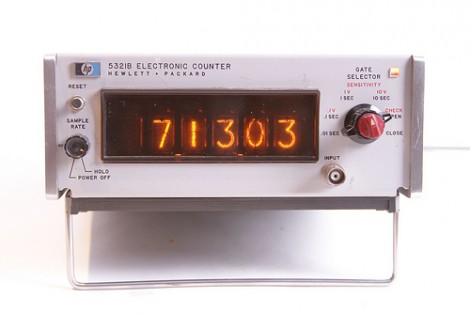
It’s finally here, the last episode of Scion’s Take on the Machine with Mitch Altman. In this episode all the teams are given a recap over their success and failures, and the clear winner is placed on top. We’re not ones to spoil the surprise so you’ll just have to click the link and watch to find out.
But lets take a moment to remember each team, The Transistor and their live action zombie game. Crash Space and their musical building. Pumping Station: One and their ice cream maker. Artisans Asylum and their breakfast machine. And lastly, NYC Resistor and their drink mixing slot machine.
Who’s ready for next season? There isn’t a next season you say? Perhaps a new influx of sponsored hackerspace competitions will spring up, or the whole concept will die out as quickly as it came. Either way, it’s all about the money fun and educating experience, right? And that’s all that matters.
[Thanks Deven, sorry you guys didn’t win.]
















